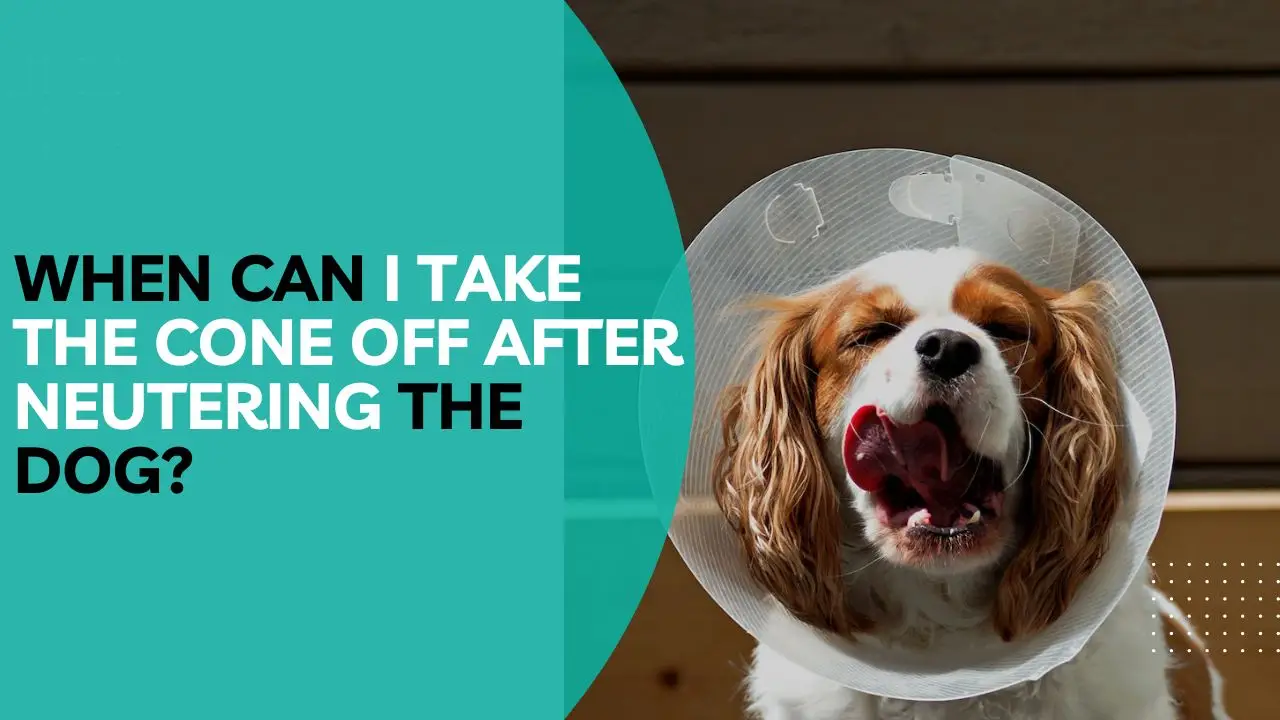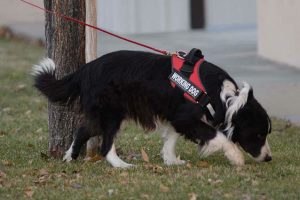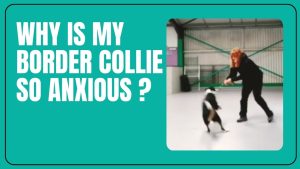Introduction
When it comes to the recovery process after your dog’s neuter surgery, one of the most important aspects is ensuring that your furry friend wears a cone. The cone, also known as an Elizabethan collar or e-collar, is an important tool in preventing your dog from licking or biting at the surgical site. This is mandatory for a safe and successful recovery.
However, many pet owners wonder when they can safely take off the cone. In this guide, we will explore the importance of cone removal and provide you with valuable information on when it is an appropriate time to remove the cone after your dog’s neuter surgery.
Table of Contents
Why do dogs need to wear a cone after neutering surgery?
After neuter surgery, your dog’s incision site needs time to heal properly. Dogs have a natural instinct to lick or bite at any wound, which can lead to complications such as infection or reopening of the incision.
The cone acts as a physical barrier, preventing your dog from accessing the surgical site and interfering with the healing process. It may seem uncomfortable for your dog to wear the cone, but it is a necessary precaution to ensure their well-being. By keeping the cone on, you are effectively protecting your dog from potential harm and promoting a faster recovery.
How Long to Keep Cone on Dog After Neuter?
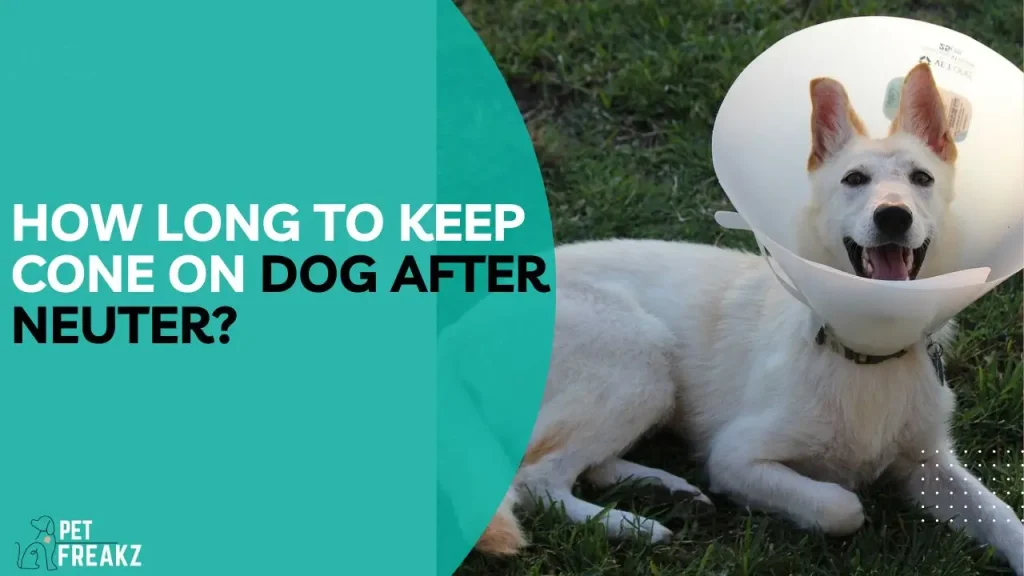
The duration of time your dog needs to wear the cone after neuter surgery can vary depending on several factors, including the individual dog, the type of surgery performed, and your veterinarian’s recommendations. In general, most dogs will need to wear the cone for around 10 to 14 days.
This timeframe allows for proper healing of the incision site and reduces the risk of complications. However, it is important to follow your veterinarian’s instructions, as they may provide specific guidelines based on your dog’s unique needs. Remember, the cone may feel inconvenient, but it is a temporary measure that will greatly benefit your dog’s recovery.
Signs that your dog is ready to have the cone removed
While it is essential to keep the cone on for the recommended duration, there are certain signs that indicate your dog may be ready to have the cone removed. These signs include:
- The incision site has healed: Take a close look at the surgical site. If you notice that the incision has closed up, the skin looks healthy, and there are no signs of redness, swelling, or discharge, it is a good indication that your dog’s incision has healed sufficiently.
- Decreased licking or biting behaviour: If your dog has shown a significant decrease in their attempts to lick or bite at the surgical site, it suggests that they are becoming more comfortable and are less likely to interfere with the healing process.
- Behaviour returns to normal: When your dog’s behaviour returns to its usual routines, such as eating, playing, and interacting with you and other pets, it indicates that they are feeling better and may no longer require the cone.
Can I take the cone off my dog after 7 days?
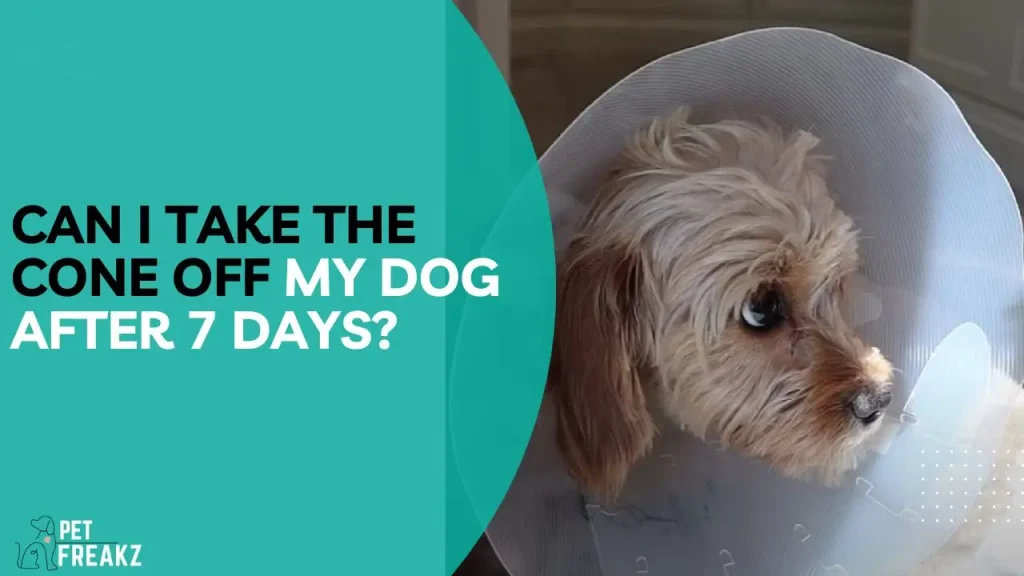
While 7 days may seem like a significant period, it is generally not recommended to remove the cone at this stage. The healing process varies from dog to dog, and the risk of complications is still present. It is best to consult with your veterinarian for guidance on when it is safe to remove the cone.
How Long Should a Dog Not Lick After Being Neutered?
Dogs should ideally refrain from licking the surgical site until it is fully healed. This can take anywhere from 10 to 14 days, depending on the dog and the surgical procedure. It is important to follow your veterinarian’s instructions and keep the cone on for the recommended duration to prevent licking and promote proper healing.
Taking Preventive Measures
To minimize the risk of your dog licking its incision site, it’s important to ensure they are adequately distracted and occupied. Some effective preventive measures include:
- Providing engaging toys or puzzles to keep their mind stimulated.
- Offering treats or chew toys that are safe and recommended by your veterinarian.
- Keeping your dog’s environment calm and stress-free reduces the likelihood of anxiety-driven licking.
My dog won’t wear a cone after neuter surgery. What should I do?
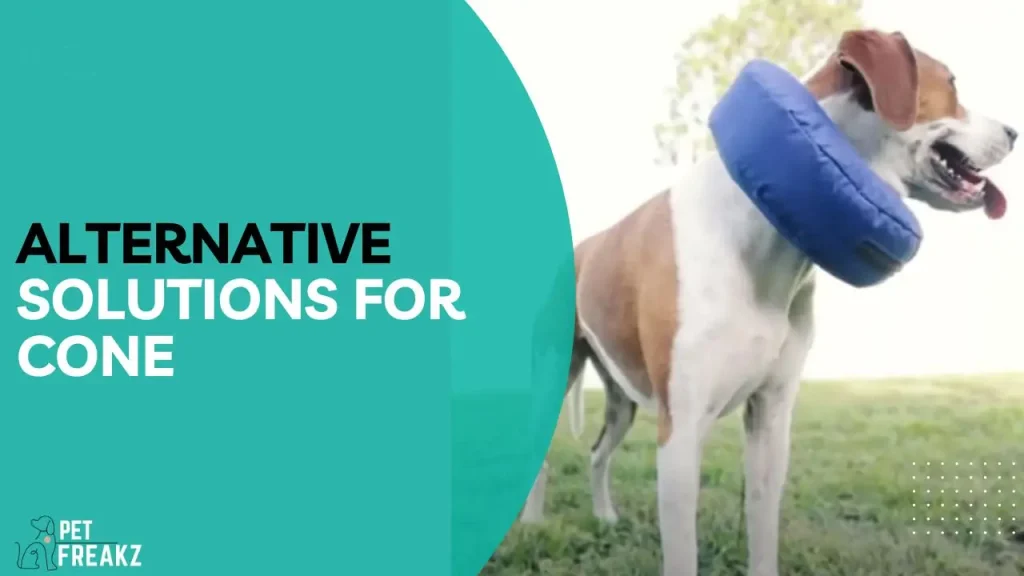
If your dog refuses to wear a cone, it is essential to explore alternative solutions such as inflatable collars or recovery suits. Additionally, closely supervising your dog and providing distractions can help prevent them from interfering with the surgical site. Consult with your veterinarian for specific advice based on your dog’s behaviour and needs.
Can I Put Pants on My Dog After Neutering?
Yes, you can put pants on your dog after neutering. Post-surgery pants provide a comfortable and secure alternative to the traditional cone. They cover and protect the incision site, preventing your dog from accessing it while allowing them to move freely. Not only do they minimize the risk of complications, but they also provide a comfortable solution for your furry friend during the recovery period.
However, it is crucial to consult with your veterinarian before using any alternative measures to ensure they are appropriate for your dog’s specific situation.
Can I Take the Cone Off My Dog to Sleep?
While it may seem tempting to remove the cone while your dog is sleeping, it is generally not recommended. Dogs can be restless during sleep, and without the cone, they may lick or bite at the surgical site unintentionally. It is best to keep the cone on consistently until your veterinarian advises otherwise.
Can I Take My Dog’s Cone Off After 5 Days?
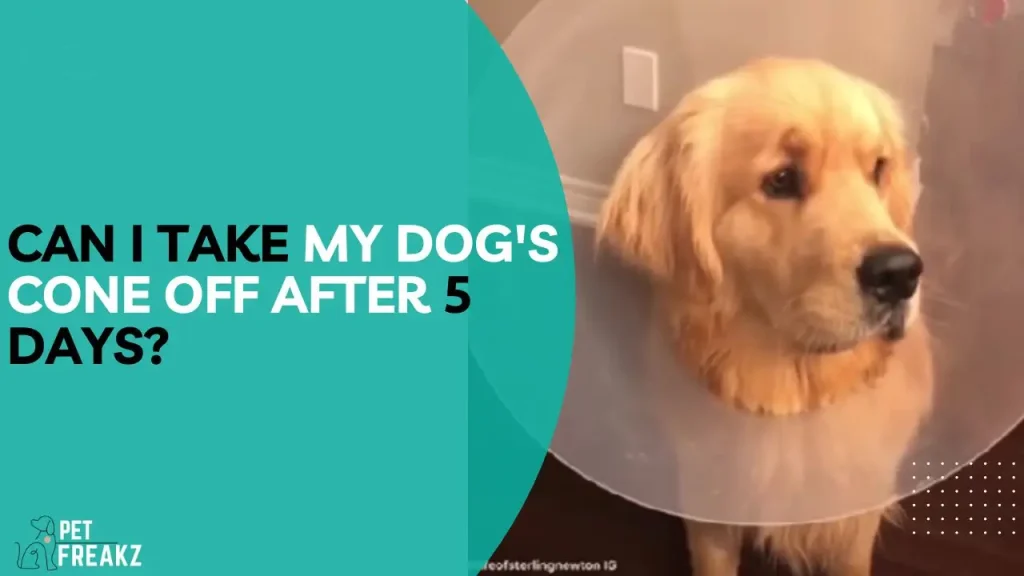
While some dogs may exhibit positive healing signs after 5 days, it’s generally advisable to wait until the recommended duration of approximately 7 to 14 days before removing the cone. Rushing the removal can potentially jeopardize your dog’s recovery, as the incision site may not be fully healed or protected. It’s important to prioritize your dog’s safety and adhere to the professional guidelines given by your veterinarian.
Dog Depressed Wearing Cone
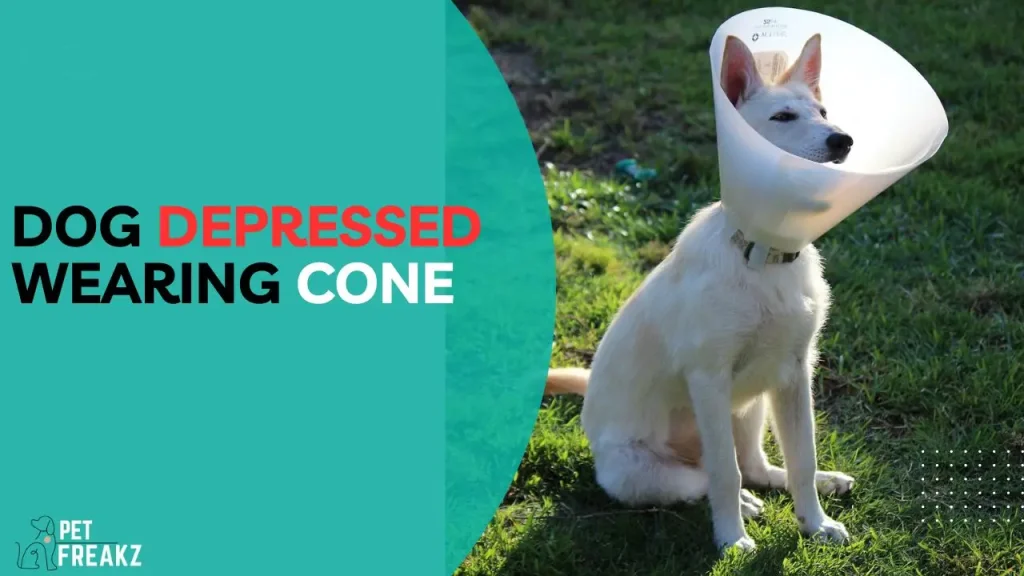
It’s not uncommon for dogs to feel unhappy or distressed while wearing a cone. The unfamiliar sensation and restricted movement can lead to emotional discomfort. As a pet owner, it’s important to address your dog’s emotional well-being during the recovery period.
Tips for keeping your dog comfortable during the cone-wearing period
The cone-wearing period can be challenging for both you and your dog. However, there are several tips and tricks you can implement to help keep your furry friend comfortable:
- Adjust the cone: Ensure that the cone is properly sized and adjusted to fit your dog. It should be snug enough to prevent your dog from reaching the surgical site, but not so tight that it causes discomfort or restricts their breathing or eating.
- Provide a safe environment: Make sure your dog’s living area is free from obstacles that may hinder their movement or cause accidents while wearing the cone. Remove any sharp objects or furniture that your dog may bump into.
- Monitor food and water intake: Some dogs may have difficulty eating or drinking with the cone on. Monitor their food and water intake to ensure they are getting enough nourishment. You can try using elevated food and water bowls or hand-feeding your dog to make it easier for them.
- Keep the cone clean: Regularly clean the cone to prevent any buildup of dirt or bacteria. Follow the manufacturer’s instructions for cleaning and disinfecting the cone. A clean cone will help keep your dog comfortable and prevent any skin irritations.
- Provide mental stimulation: Engage your dog in mentally stimulating activities such as puzzle toys, treat-dispensing toys, or obedience training. This will help keep their mind occupied and prevent boredom during the cone-wearing period.
Conclusion
The cone-wearing period after your dog’s neuter surgery is crucial for their safe and successful recovery. While it may seem inconvenient and uncomfortable, the cone plays a vital role in preventing your dog from interfering with the surgical site. By following your veterinarian’s instructions and keeping the cone on for the recommended duration, you are ensuring that your furry friend heals properly and avoids potential complications.
FAQs
Can I remove the cone earlier if my dog seems fine?
It is essential to follow your veterinarian’s instructions regarding the duration of cone use. Premature removal of the cone can increase the risk of complications and hinder the healing process.
My dog hates wearing the cone. Are there any alternatives?
Yes, inflatable collars and surgical suits are alternative options that provide comfort while still preventing interference with the incision site.
Can I bathe my dog while they are wearing the cone?
It is generally recommended to avoid bathing your dog until the incision has fully healed. Consult your veterinarian for specific instructions.
How can I prevent my dog from scratching the incision site?
The cone or alternative options like inflatable collars or surgical suits are designed to prevent your dog from scratching or biting the incision site.
What should I do if I notice signs of infection or slow healing?
Contact your veterinarian immediately if you observe any signs of infection or slow healing. They will provide appropriate guidance and may need to examine your dog.
